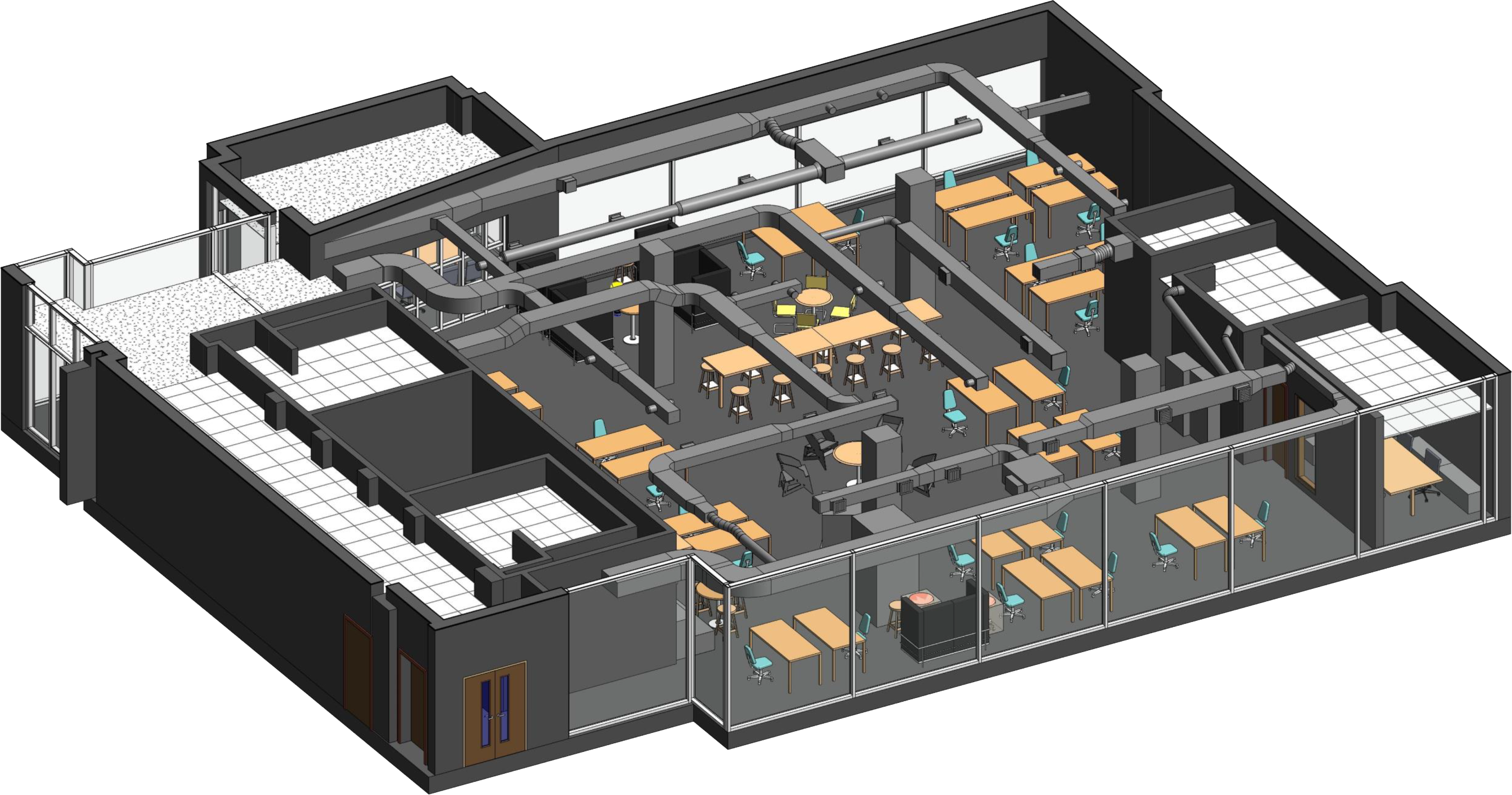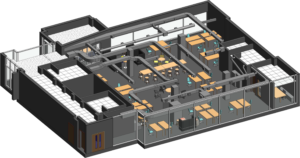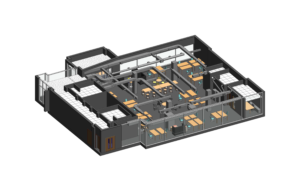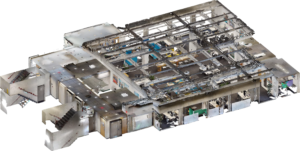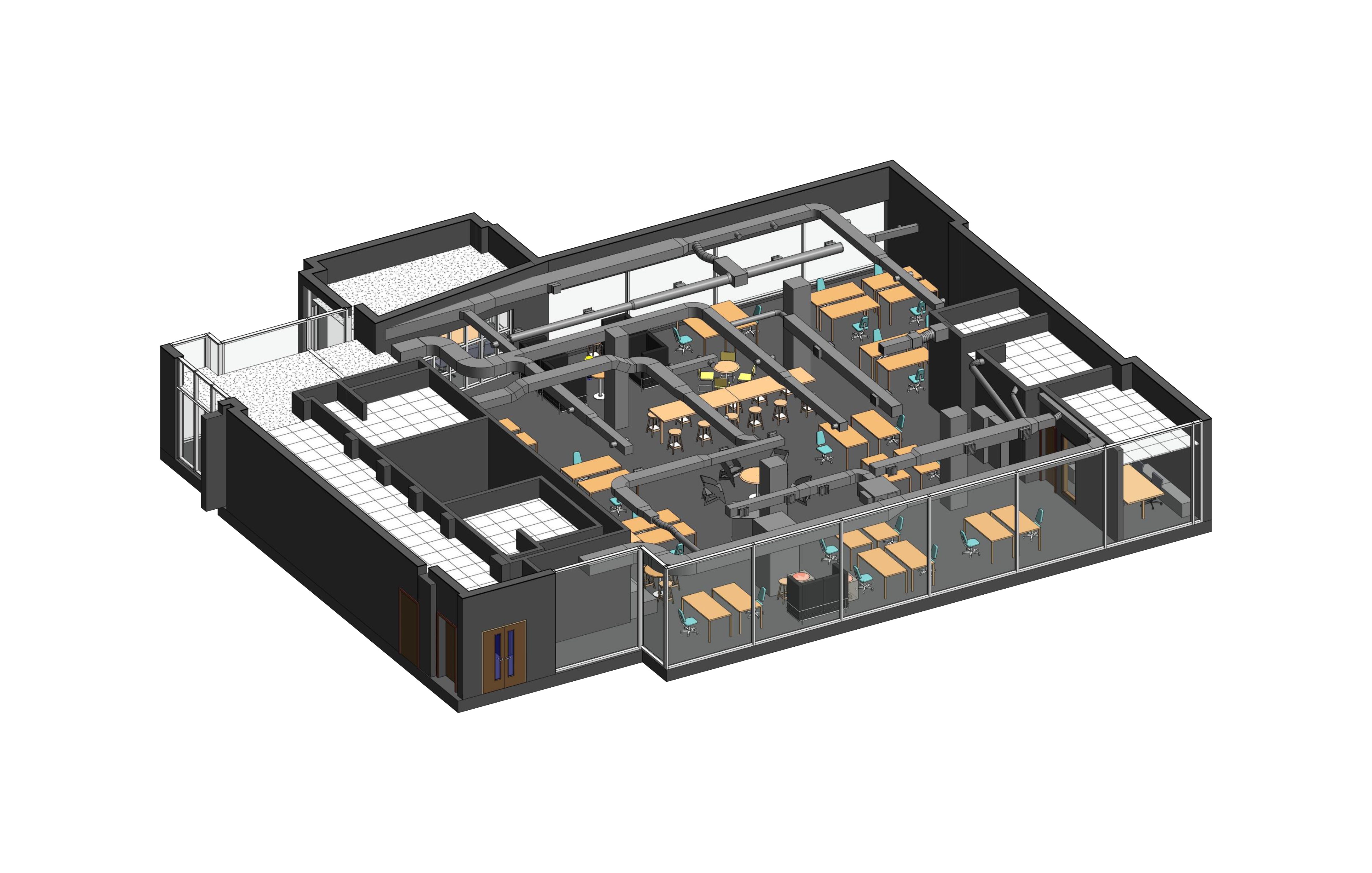
Introduction
ntroduction: In the realm of civil engineering, precision and efficiency are paramount. Traditional methods often fall short in meeting these demands. However, Scan to BIM (Building Information Modeling) technology offers a promising solution. This blog explores the transformative impact of Scan to BIM on civil engineering projects, its role in retrofitting and restoration, and the scanners used in this process.
Understanding Scan to BIM in Civil Engineering: Scan to BIM integrates advanced scanning techniques such as LiDAR and photogrammetry with BIM software. This combination allows civil engineers to capture accurate data of existing structures and infrastructure. By creating detailed 3D models, Scan to BIM enhances visualization, analysis, and collaboration throughout the project lifecycle.
The Role of Scan to BIM in Retrofitting and Restoration: Retrofitting and restoring existing structures pose unique challenges. Scan to BIM provides a comprehensive solution by accurately documenting as-built conditions. This data serves as a foundation for designing modifications, identifying structural issues, and optimizing building performance. By leveraging Scan to BIM, civil engineers can ensure the success of retrofitting and restoration projects.
Scanners Used in Scan to BIM: Several scanners are commonly used in Scan to BIM processes. LiDAR scanners utilize laser technology to capture precise measurements of surfaces and objects. Photogrammetry scanners, on the other hand, rely on overlapping images to create detailed 3D models. Both scanners play a crucial role in capturing accurate data for Scan to BIM applications.
Advantages of Scan to BIM for Civil Engineering Projects:
- Accurate Documentation: Scan to BIM provides precise as-built documentation, reducing errors and discrepancies in project planning and execution.
- Enhanced Visualization: Detailed 3D models allow engineers to visualize complex structures and infrastructure, facilitating better decision-making and communication.
- Efficient Retrofitting: Scan to BIM streamlines the retrofitting process by providing accurate data for design modifications and structural analysis.
- Cost Savings: By minimizing errors and optimizing design decisions, Scan to BIM helps reduce project costs and improve overall efficiency.
- Improved Collaboration: Centralized data sharing and collaboration tools foster better communication and coordination among project stakeholders.
Realin: Your Partner for Scan to BIM Solutions: Realin offers comprehensive Scan to BIM services tailored to the needs of civil engineering projects. With expertise in scanning technologies and BIM modeling, we empower civil engineers to optimize workflows, minimize errors, and achieve project success.
Conclusion: Scan to BIM technology is revolutionizing civil engineering projects, offering unprecedented accuracy, efficiency, and collaboration. By leveraging advanced scanning techniques and BIM software, civil engineers can overcome challenges, optimize designs, and deliver superior results. Contact Realin today to explore how Scan to BIM can revolutionize your civil engineering projects.

